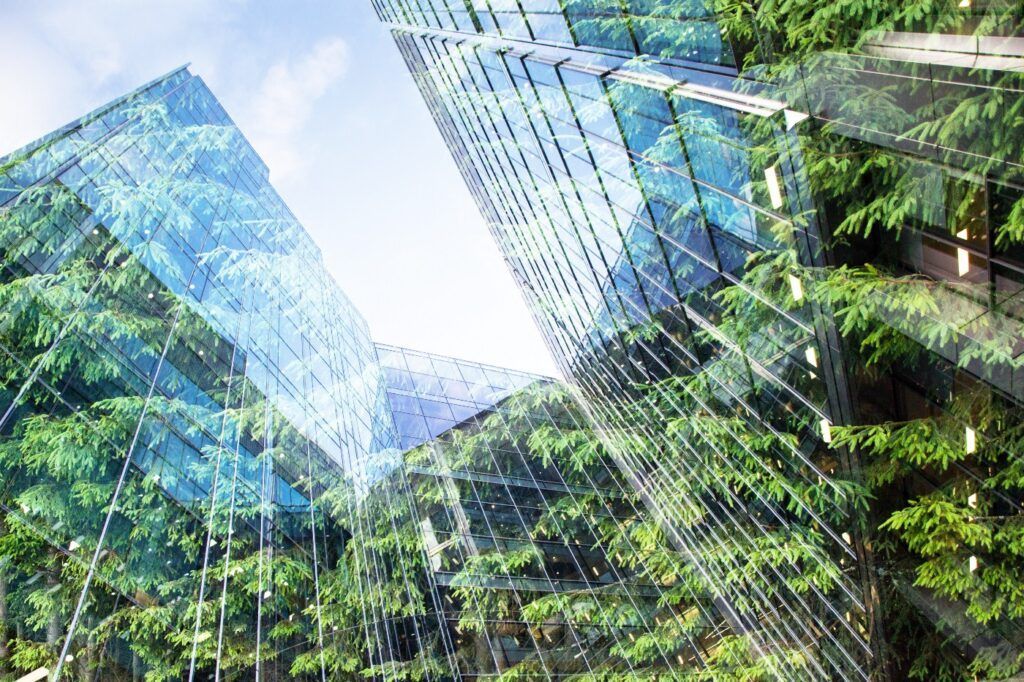Cities are often known for being the major centers for production and consumption. Urban areas are the places where prosperity and wealth are most displayed, where commercial activities and financial centers flourish, where infrastructures show their brightest side. But at what cost?
Cities are also places of deep inequalities, paradoxes, inefficiencies; all distortions that the health crisis, exacerbated by the climate, food, and economic crises, has made evident.
The past teaches us that periodically one of the first reactions to pandemics is a drastic abandonment of cities. This is even more evident this time considering that nowadays urban lifestyle is incredibly detached and dissociated with physical and mental wellbeing, sociality, nature, and the surrounding landscape, especially in big cities or megalopolis.
Climate change exacerbates already precarious mental balances, generating new forms of stress and anxiety, especially in the younger generations. Eco-anxiety, ecological grief, or distress caused by environmental change are expressly mentioned amongst the 10 new insights on climate change, published last month by FutureEarth, the Earth League, and the World Climate Research Program. These concerns find a solid basis in urban areas. Last November, Nature revealed mass air pollution concentration in European urban centers, posing concrete risks for its citizens’ health, in addition to the heavy impact that unsustainable production and consumption models have on our limited natural resources.
Faced with the pressing needs from individuals in search of improved quality of life, greener spaces, and a better balance between professional, social, and personal satisfaction, cities are forced to be rethought and reshaped to promote and incorporate nature and the landscape within their urban policies, to continue to host thriving communities. Not only given the disruption imposed by the coronavirus pandemic but also to become more flexible and resilient to climate alteration and the recent perspectives and aspirations. Whether it is called “city sickness” or “rural nostalgia” the reality is that an increasing number of individuals are considering embracing a different pace of life, to value more the “street-level,” the neighbor dimension, to ensure a better balance between social relationships and natural regeneration.
Not surprisingly, both Plato and Aristotle spoke about the need for cities to become smaller.
What if the city and countryside were not two distant and non-communicating worlds?
What if cities became a pivot around which to rebuild a new form of urbanity that intersects the need for human and nature connection?
What if cities became open-air laboratories in which to experiment cultural, social, territorial, landscape richness, based on constant dialogue and interchange?

